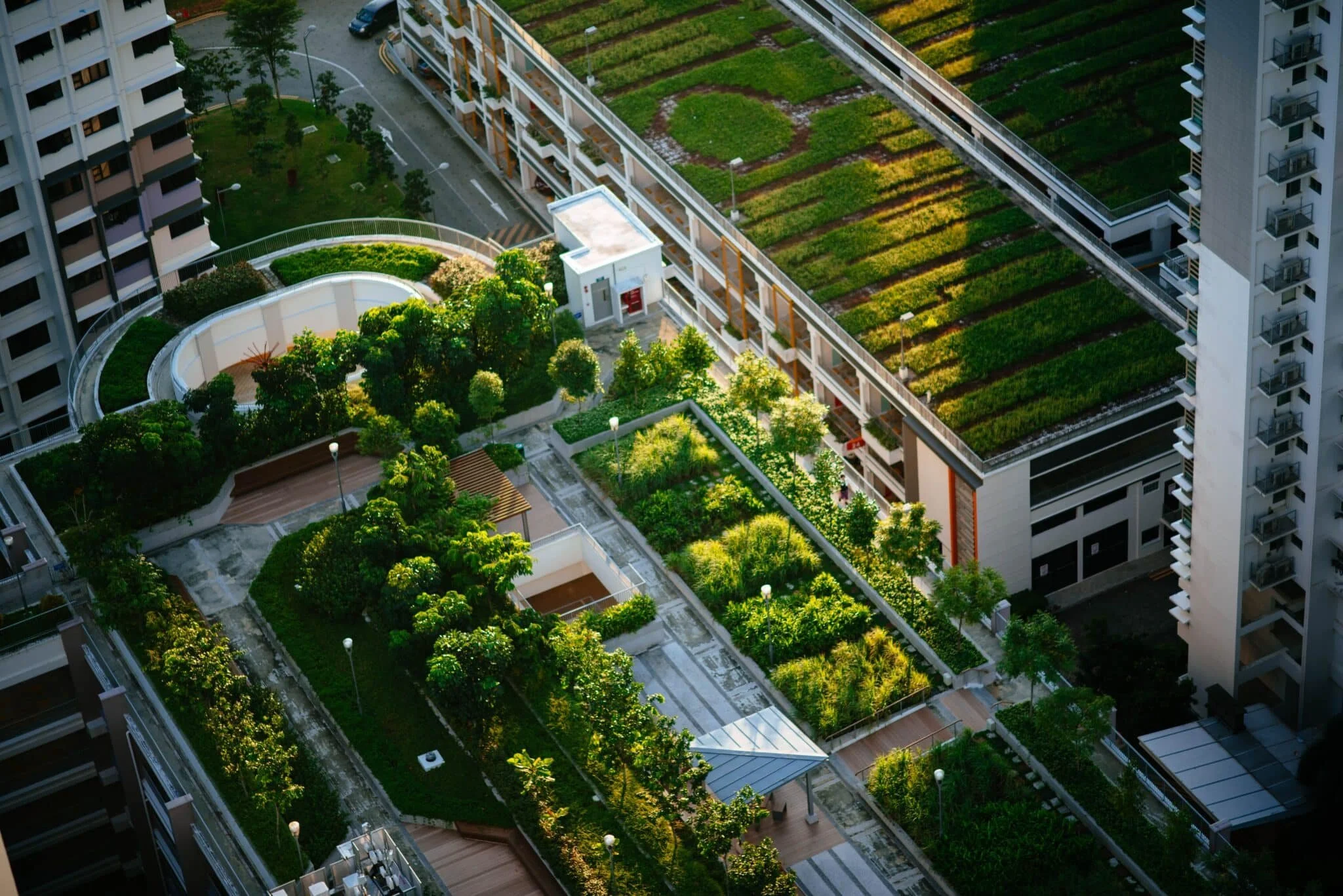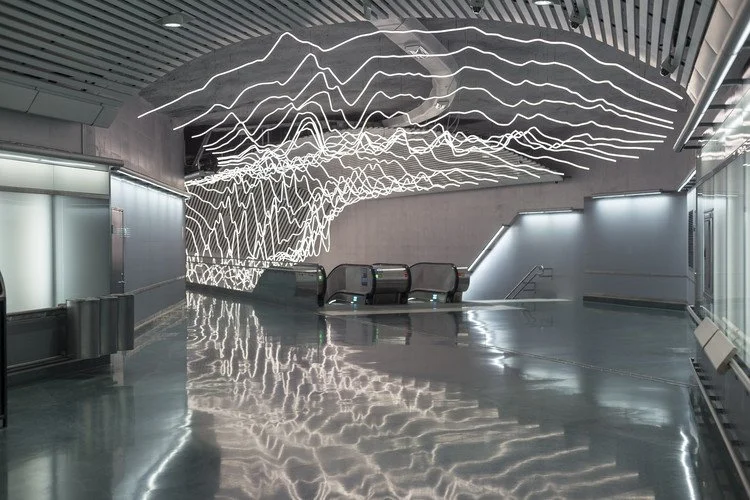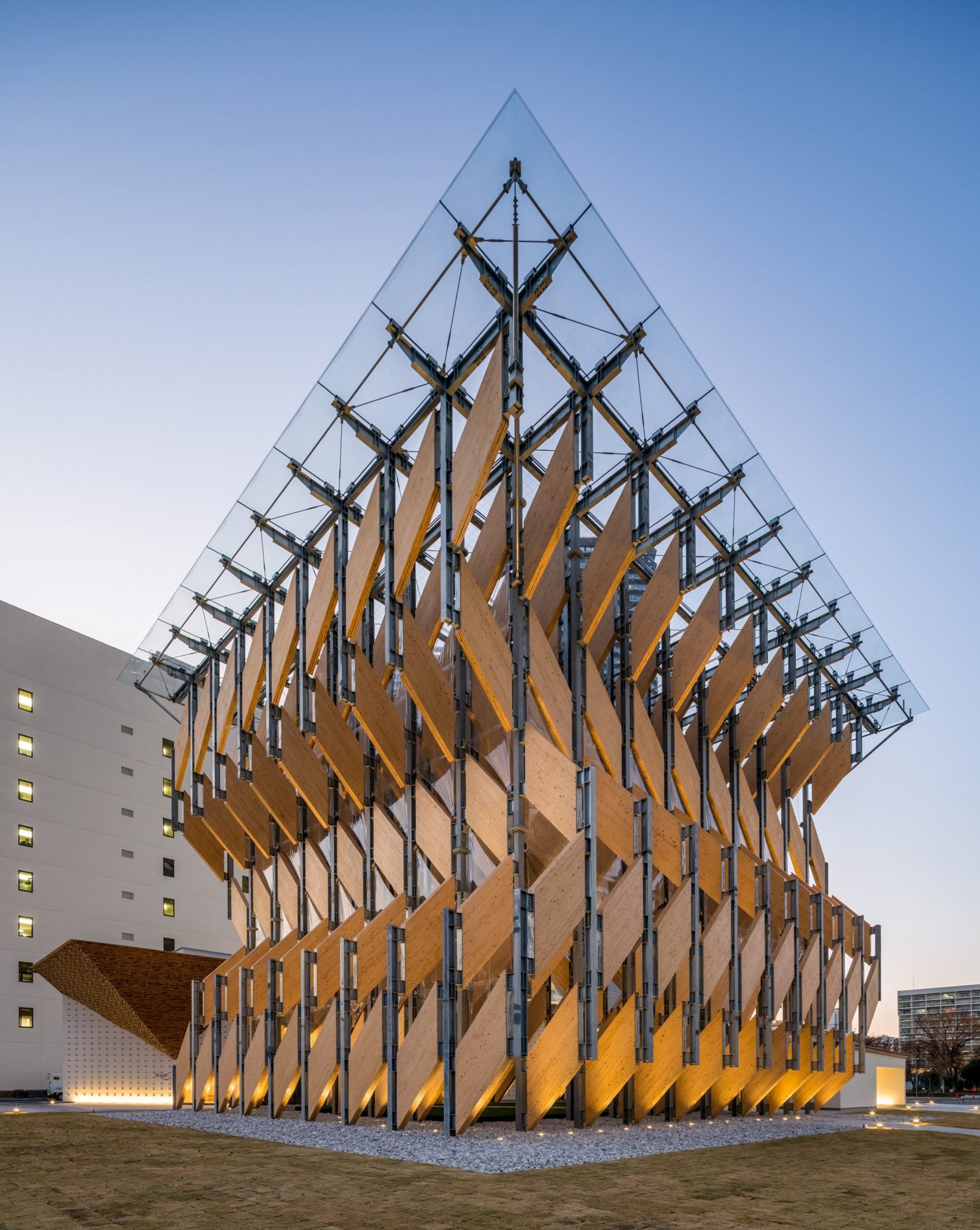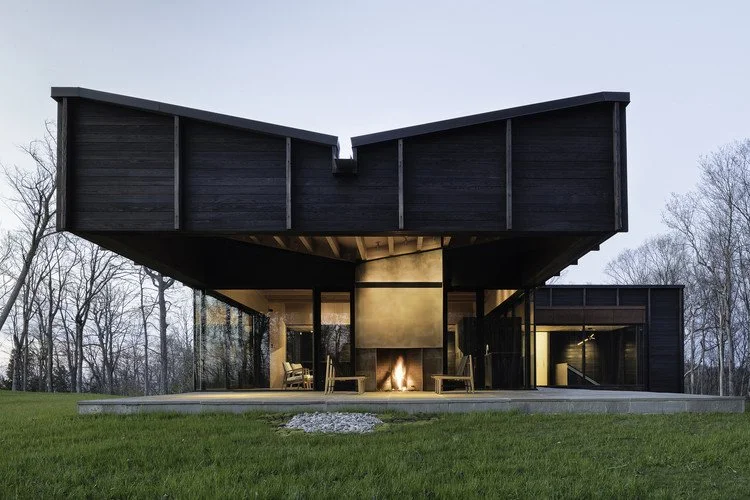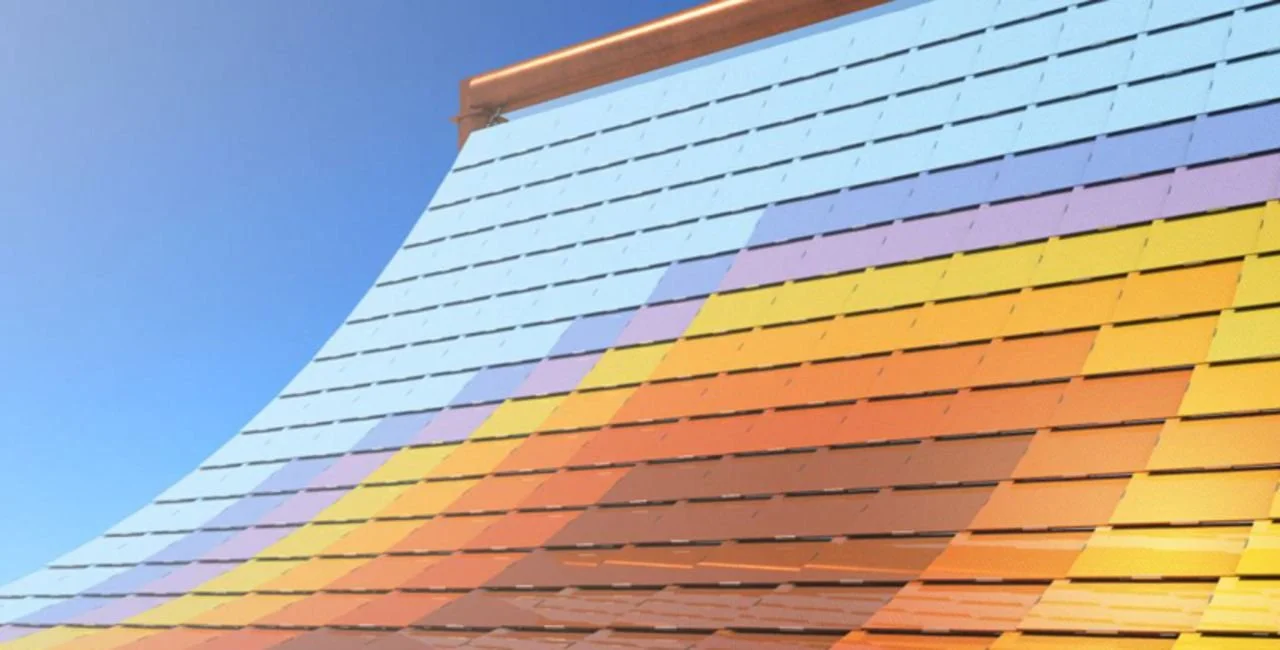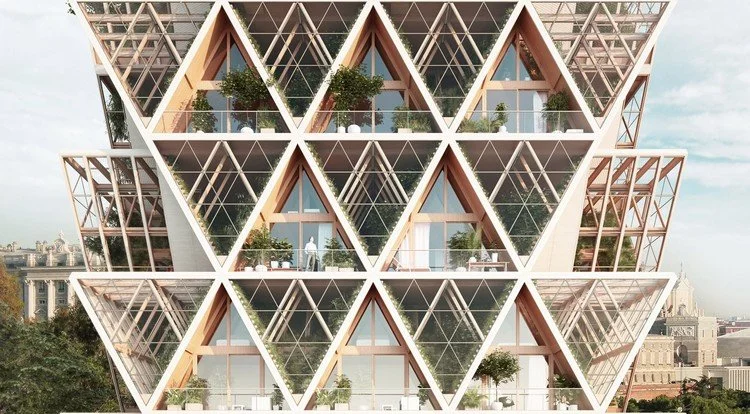Top 10 Sustainable Architecture Design Ideas for Your Project
Introduction
Sustainability has become one of the pillars of architectural design. As the world grapples with environmental challenges, architects are increasingly turning to sustainable design principles to ensure the buildings they create have a positive impact on the environment.
For an architect to maximise a building's eco-friendly credentials they must adapt to local site conditions as well as implement sustainable technology and materials.
Conducting site analysis an architect can identify a site's natural conditions such as daylight patterns, amount of rainfall and wind. Creating a building that utilises a site environment is the foundation of a successful sustainable design.
Scroll to the bottom to download our Sustainable Architecture Design Checklist PDF for FREE
A building's eco-friendly performance can be further improved using sustainable technology and materials such as renewable energy systems and natural materials.
In this blog, you will learn the top 10 sustainable architecture design ideas for your project, providing you with valuable knowledge and inspiration on sustainable architecture.
10 Sustainable Design Ideas for Architecture
image courtesy of finehomebuilding
1. Passive Solar Design
Passive solar design is a simple and cost-effective way to utilise the sun's natural energy to heat and cool your building.
You can minimise energy consumption by strategically placing glazed openings for maximum/minimum solar gains. As well as selecting material with good thermal mass properties as such concrete to act as a heatsink for natural heating and cooling.
Shading elements such as awnings are an effective way of controlling solar gains. Insulation is an essential passive solar design. Double-skin glass facades are a premium method for heating and cooling spaces, particularly large spaces.
image courtesy of citygreen
2. Green Roofs and Walls
Green roofs and walls are aesthetically pleasing and can boost the attractiveness of a design but they also create a more sustainable building.
These 'living' roofs and walls improve air quality and provide insulation. Moreover, they offer a habitat for local ecology to thrive. Consider incorporating a lush rooftop garden or vertical planting into your architectural project.
image courtesy of archdaily
3. Energy-Efficient Lighting
An effective sustainable architecture idea can be simply equipping your building with energy-efficient LED lighting and motion sensors to reduce energy consumption. By utilising your site's natural light you will reduce the use of artificial light. Learn more on how to harness your site's natural conditions here.
4. Passive Ventilation
Cleverly utilising natural ventilation is a green architecture concept that will reduce the need for mechanical ventilation and cooling systems. Incorporating windows and vents, atriums are an effective architectural way of moving fresh air through your building. This approach optimises air comfort and reduces energy usage.
image courtesy of dezeen
5. Sustainable Materials
Sustainable materials are a popular and effective way of lowering the environmental impact of your building. Choosing locally sourced materials will reduce transportation to the site and support the local economy. Some popular recycled materials are; reclaimed wood, roof tiles and bricks.
image courtesy of archdaily
6. Rainwater Harvesting
Implementing rainwater harvesting methods is an excellent way to conserve water resources and improve the energy efficiency of a building. rainwater harvesting systems that collect rainfall from your building roof can be used for irrigation and toilet flushing. Reducing the reliance on mains water supply and adding to your sustainable design.
7. Solar Panels
Solar panels (photovoltaic panels) are a well-developed sustainable design principle for harnessing renewable energy. Commonly installed on a building's roof or facade to generate renewable and green electricity and reduce the consumption of conventional power sources.
image courtesy of archdaily
8. Smart Building Technology
The use of sensors and automation systems to control lighting, heating and cooling is an easy and effective way of reducing energy consumption. These automation systems are triggered by occupancy and external conditions.
image courtesy of studio precht
9. Modular Construction
Modular construction is a green architecture concept that reduces waste on-site and saves construction time. Prefabricated building components such as structurally insulated panels (SIPs) are fabricated off-site and then transported and assembled on-site. The use of modular construction reduces waste on site and streamlines the construction method.
10. Biodiversity-Friendly Landscaping
Creating rich landscaped spaces within your green architecture concept promotes biodiversity and provides a habitat for native wildlife to thrive. This will also enhance the appeal and user experience of the building and spaces.
Conclusion
A more environmental design can be achieved with simple methods such as the use of local materials, well-insulated facades and maximising natural light. as well as there being more complex cutting-edge green energy solutions to lower the carbon footprint such as rainwater harvesting systems.
Incorporating sustainable features into your architecture design is a proactive and necessary step towards a more sustainable and greener future. By implementing these top 10 ideas, you can create a sustainable architecture.
Popular FAQs relating to Sustainable Design Ideas for Architecture
How can I incorporate sustainable architecture into my project's budget?
There are many cost-effective solutions for sustainable architecture such as, the use of natural materials and prioritising natural landscaping. Ensuring your building responds to the sites environmental conditions would be a great start to creating a sustainable design.
What are the key benefits of green roofs and walls?
Green roofs and walls benefit the sustainability of a building as they improve energy efficiency and air quality as well as offer attractive outdoor spaces for occupants.
Is it worth investing in solar panels for my project?
Absolutely! Solar panels lower the building's energy consumption by creating renewable energy and therefore pay for themselves over time. They can also be a valuable selling point as green self sufficient buildings are desirable.
Are there any drawbacks to modular construction?
Modular construction offers many benefits, but may not be suitable for more complex projects as by their nature of being prefabricated design possibilities may be limited.
What is the future of sustainable architecture?
sustainable architecture is a fast-growing industry with new technology and innovations being developed regularly. We can expect all new buildings to be eco-friendly as awareness grows.


